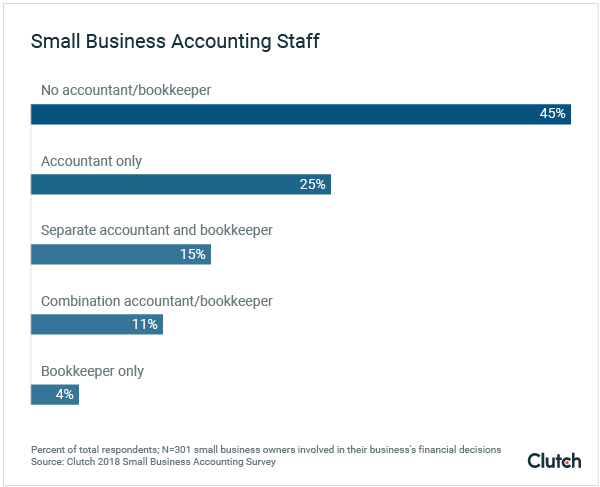
It’s not rocket science that if employees feel valued and heard, they are more likely to engage in organisational goals, collaborate effectively, and do their best. High wellbeing results in workplace retention and serves as a talent magnet.
However, with the rise of wellbeing initiatives, there’s also a growing concern about “wellbeing washing” – the practice of giving the appearance of prioritising employee wellbeing without making meaningful changes.
According to a survey of 1,000 people by Claro Wellbeing, more than a third (35%) of businesses do it. Although seven in 10 workplaces celebrated mental health awareness days, only a third of organisations’ mental health support was deemed good or outstanding by their employees.
Identifying the signs that your business might be guilty of wellbeing washing and providing actionable steps to ensure your efforts are genuine and impactful is therefore crucial.
Scratching the surface
One of the obvious signs of wellbeing washing is the existence of initiatives that are superficial or purely performative. Such initiatives may look great on paper or in some company newsletter but actually hold no substance or effectiveness in truly supporting staff.
For instance, running a Mental Health Awareness Week with only a few posters and emails while doing nothing to really fix ongoing mental health challenges at work does not help. Employees must be heard. Whether it is through questionnaires or targeted focus groups, find what they individually need for wellbeing. Rather than shallow blanket initiatives, design your programs to really respond to the needs of your workers. For example, if a lot of people express feeling stressed, consider offering access to professional counselling or flexible working hours.
Not leading by example
If management isn’t genuinely invested in wellbeing programs, employees notice. For wellbeing programs to truly succeed, they need strong engagement and support from top management. By making the employee wellbeing component an integral part of your business strategy, where clear goals and metrics for success can be spelt out, employees are more motivated to engage with programs when they find interest in developing in the leadership itself.
No Long-Term Commitment
Wellbeing washing frequently appears in terms of short-term commitment. If your business only does wellbeing at specific periods within the year or as a reaction to certain events, it most likely is not genuine.
Establishing a long-term well-being strategy and a budget for employee well-being activities, as well as creating a team responsible for such initiatives, can make a big difference. Regularly review and check how effectively the programs work and make adjustments if need be. Acknowledge that employee well-being is not in itself a one-off project; the commitment remains to be followed up on.
Make a difference
One example of a wellbeing initiative that can have a long-term impact is the Cycle to Work scheme. This is an excellent way of improving physical health and stress and can be nothing but beneficial. Just offering it however will not be enough, and employers need to make some efforts towards encouraging participation.
Ben Mercer of Leisure Lakes Bikes, a leading UK road bikes supplier, agrees:
“In recent years, we’ve seen a real upswing in cycling to work and the Cycle to Work scheme has undoubtedly played a massive role in this.
“Given the nature of our business, we’re big advocates of it and I would encourage all business owners, small or large to add the scheme to their employee benefits.
“Cycling to work is the perfect way to encourage bike enthusiasts and newcomers alike to cycle more and make the most of their commutes. You can even introduce bolt-on incentives like vouchers, rewards and charity events, which our team are always keen to take part in.”
Conclusion
Incorporating such ideas may have been the big leap that turned your well-being activity from the tick-in-the-box type into creating an engaging and supportive work environment. It all comes down to making sure your action matches your intention. Get it right, and you’ll be reaping dividends across your people and all parts of your business with your culture of wellbeing.




















